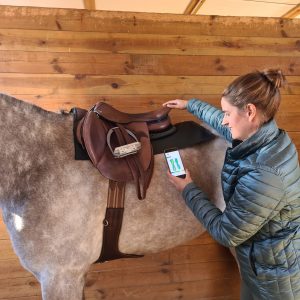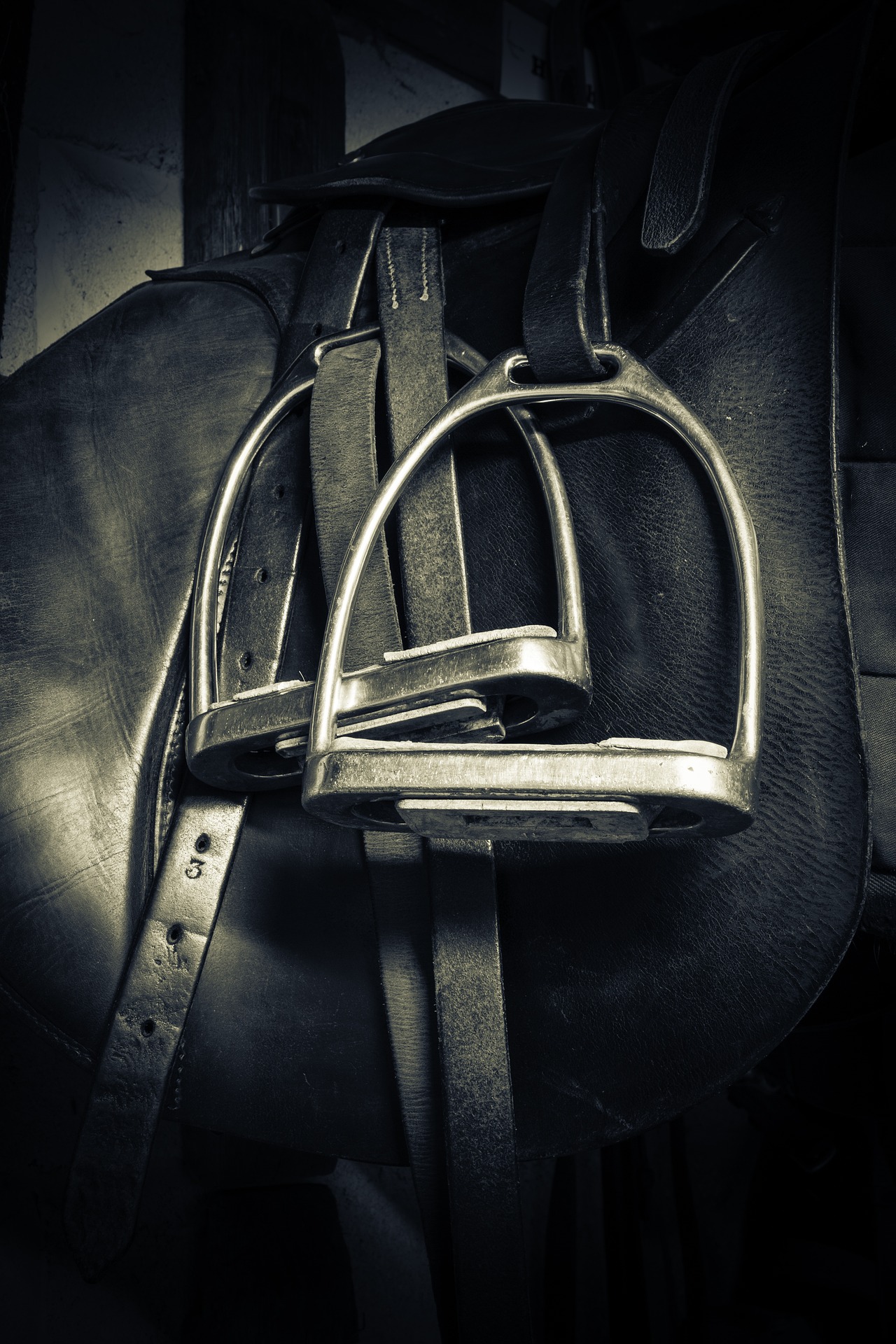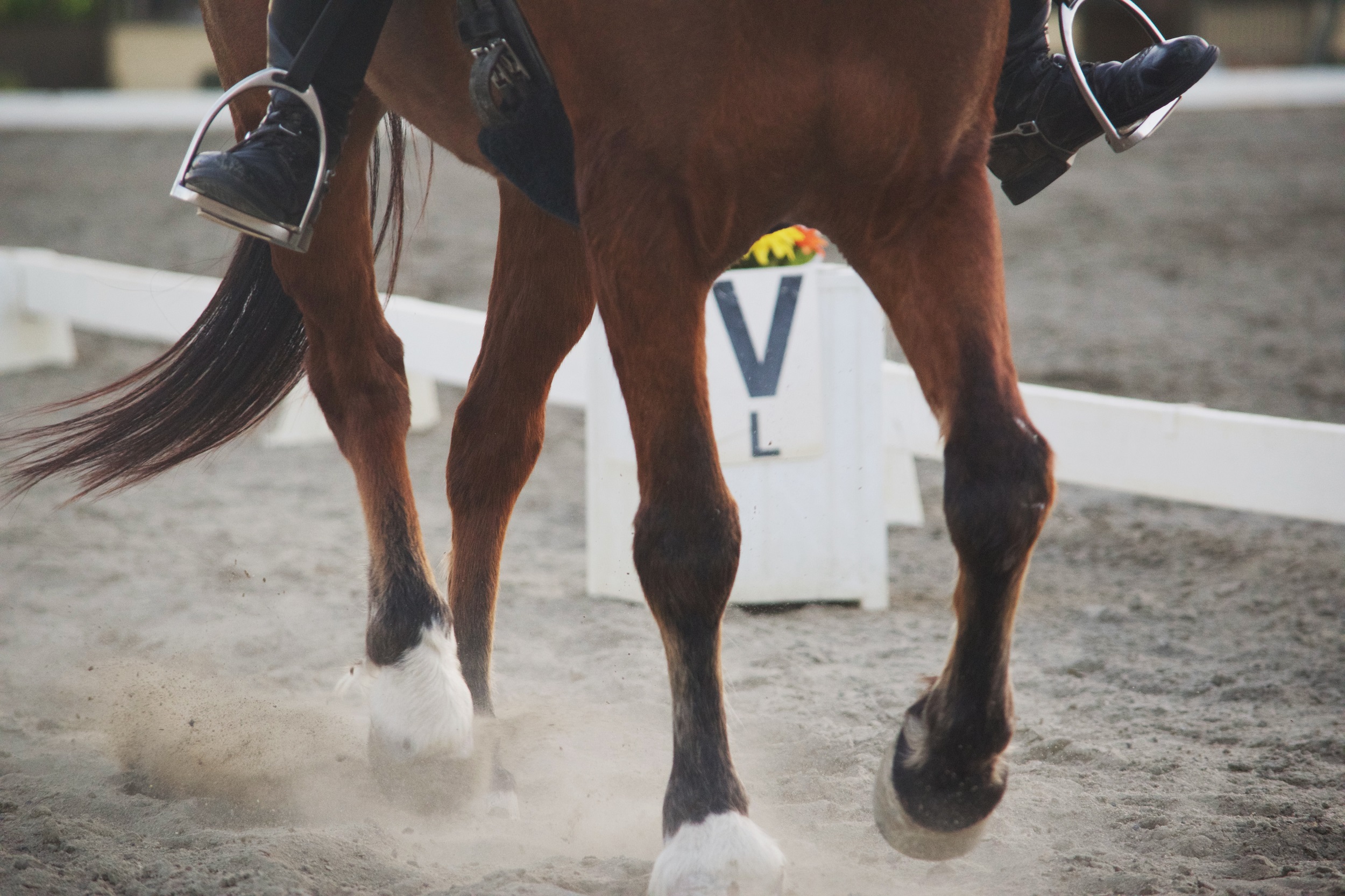Horseback riding is a sport of finesse and synchronisation, where the harmony between the rider and the horse is essential for both performance and the well-being of the horse. One critical aspect of this harmony is the fit and pressure distribution of the saddle. A well-fitted saddle can mean the difference between a healthy horse and one that is prone to lameness and gait abnormalities. In this blog, we will delve into the importance of measuring saddle pressure and how it can help in preventing these issues, ensuring the health and happiness of our equine companions.
Understanding Saddle Pressure:
Saddle pressure refers to the force exerted by the saddle and rider on the horse’s back. When this pressure is uneven or too intense in specific areas, it can cause discomfort, pain, and even injury to the horse. Over time, such pressure can lead to chronic problems, impacting the horse’s ability to move freely and perform at its best.
Why Measuring Saddle Pressure is Important:
- Preventing Tissue Damage: Continuous high pressure can damage the horse’s back tissues, leading to soreness and potential muscle atrophy. By measuring saddle pressure, one can ensure that the saddle is distributing weight evenly across the horse’s back, reducing the risk of such damage.
- Enhancing Horse Comfort: A comfortable horse is a more willing and responsive partner. Uneven pressure can lead to discomfort, which may not only affect the horse’s performance but also its behavior and mood.
- Avoiding Gait Irregularities: A horse compensating for saddle pain may develop gait irregularities. These adjustments can become habitual, leading to long-term gait issues that may persist even after the original cause of discomfort has been addressed.
- Preventing Lameness: Lameness in horses can be a direct consequence of ill-fitting tack. The repetitive strain from a poorly fitted saddle can affect the musculoskeletal system of the horse, potentially resulting in lameness.
- Optimising Performance: For the competitive rider, even small advantages can make a significant difference. A saddle with appropriate pressure distribution can aid in better rider balance and cue responsiveness, contributing to overall improved performance.
How to Measure Saddle Pressure:

Today, technological advances have made it possible to accurately measure saddle pressure using specialized tools such as pressure mats and electronic sensors such as Estride Harmony. These devices provide a detailed map of pressure distribution, helping to identify hotspots and areas where the saddle may not fit correctly.
The Estride™ Harmony pressure mat emerges as an indispensable tool for riders of all disciplines and levels. By offering the ability to measure the precise distribution of saddle and rider pressure on a horse’s back, this technology plays a crucial role in both saddle fitting and riding technique analysis. In the intricate dance of horse riding, where the subtleties of weight and balance can have profound effects on a horse’s comfort and performance, the Harmony pressure mat provides an objective, data-driven perspective. For riders committed to excellence and the welfare of their horses, the insights garnered from such a device can lead to significant improvements in how they saddle and ride, directly enhancing the horse’s comfort and ability to perform fluidly and without restraint.
Furthermore, the Estride™ Harmony’s capability to gather pressure data through all paces bridges a critical gap in equine sports science. Riding is dynamic, and the forces exerted by a static saddle differ vastly from those in motion. The Harmony mat’s sensitivity to detect pressure nuances allows for a comprehensive analysis of how a rider’s technique—down to the smallest shift in position—impacts the horse’s stride and potential stress points on its back. The level of detail offered by this analysis equips riders with the knowledge to make informed adjustments, ensuring that both horse and rider can work together in the most harmonious way possible. With this technology, the prevention of gait abnormalities and lameness becomes a proactive rather than reactive process, epitomising the saying, “an ounce of prevention is worth a pound of cure.”
Pressure measurement should be done both while the horse is standing still and during movement. This dual-phase analysis helps in understanding how the saddle fits dynamically, as a horse’s back changes shape during motion.
What to Do If the Saddle Pressure is Uneven:
If pressure mapping reveals uneven distribution, it’s crucial to address the issue promptly. Adjustments can be made through refitting the saddle, using corrective padding, or, in some cases, acquiring a new saddle that better suits the horse’s anatomy and the rider’s needs.
Conclusion:
Measuring saddle pressure is a vital step in safeguarding the health and performance of our horses. With proper attention to saddle fit and pressure distribution, we can prevent a host of problems, from mild discomfort to serious conditions like lameness. It is an investment in the horse’s well-being that pays dividends in the animal’s ability to perform happily and healthily. For the sake of our equine partners, let’s commit to regular saddle pressure checks and adjustments as part of our routine care.



Leave A Comment